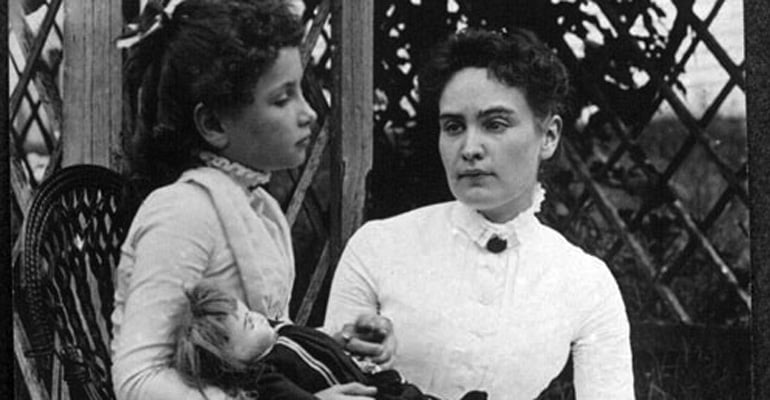WHAT IS DEAF-BLINDNESS ?
Deaf-blindness
It is a rare condition in which a person suffers from both hearing and vision loss, limiting access to both auditory and visual information.
The degrees of vision and auditory loss varies in each individual, making the deafblind community unique with many types of deafblindness involved.
It is also known as “dual sensory loss” or “multi-sensory impairment.”
To improve their ability to live independently, each deafblind individual’s needs regarding lifestyle, communication, education, and work must be addressed based on their degree of dual-modality deprivation.
Furthermore, the deafblind community has its own culture, forming a deafblind community similar to the deaf community and blind community.
Helen Keller was a well-known example of a deafblind individual.

